HTC One (M8) vs Google Nexus 5
Introduction
With competition in the flagship tier reaching unprecedented levels, it's more intriguing than ever to watch out for manufacturers' next moves. Looking at HTC and Google, however, it's obvious that neither is looking to deviate from their well-established values.
HTC, then, is sticking to a stylish aluminum unibody, with the now signature BoomSound speakers, and there's even a plot twist: Duo Camera. Like with the previous One, it's obvious that HTC has, once again, focused on crafting as beautiful a device as they possibly could.
In contrast, Google's subsidized Nexus 5 was brought into this world with a profoundly different goal set. It's not as fancy-looking as the One M8, and it doesn't need to. Instead, the $350 flagship is hell-bent on squeezing the most out of your buck, all the while providing an unmistakeable high-end experience.
Such obvious price disparity (the One (M8) is almost twice as costly) begs the question: does HTC's top shelfer offer enough of an edge as to dissuade buyers from picking the far more affordable Nexus 5? Let's find out.
Design
The new HTC One is in a league of its own when talking looks. In comparison, the Nexus 5 is very ordinarily-looking.
It's quite advantageous for HTC that we get to start off with design, as that's undoubtedly one of its key selling points. There's no fight here, the One (M8) is, hands down, the more stylish choice between the two. By far. Simply put, the design-centric approach, along with the craftsmanship that went into the aluminum unibody of the One M8, is uncontested by essentially nobody, much less a “budget flagship” like the Nexus 5. The curved aluminum body, the BoomSound front-facing speakers, the sturdy buttons on the sides of the HTC, all add up to one seriously compelling and fairly ergonomic phone.
In contrast, the Nexus 5's outlines are far more conservative – there's nothing bespoke about the device. At the same time, the Nexus 5 isn't your typical-looking, cookie-cutter Android smartphone, either. First and foremost, it's a significantly more compact device than the One M8, even though they share the same screen diagonal. The Nexus 5 also has a few moves of its own when it comes to design – the overstated camera lens on the rubbery back and the ceramic buttons on the side both add character to what could have easily been a cheap job. What's more, said rubber back is just slightly curved towards the edges and that truly helps with ensuring a secure, comfortable grip.
Display
Neither of these two gorgeous displays will leave you wanting, but the Nexus 5's has a slight edge.
Looking back at the original HTC One and its screen in particular, it should be noted that HTC has basically improved the One M8's display on pretty much every major front. Color temperature, at 7182K, is still colder than optimal, but blue-ish whites no longer get in your face as assertively. Color reproduction is very satisfactory, even if colors are a tad overblown (especially reds). Gamma, at 2.21 is excellent, and we're happy to report that with a peak brightness of 490 nits, the One M8's display is visible even in direct sunlight.
Despite the good work HTC has done, however, the Nexus 5 is standing its ground, steadfast. With a color temperature of 6786K, the Nexus 5 is still on the cold side, though it is noticeably closer to the optimal value of 6500K. Color reproduction is more conservative and correct, though it should be noted that reds are actually understated and lack the required saturation. The rest of the color spectrum, however, is very much on target. Moving on, gamma, at 2.05, isn't excellent, but that fortunately doesn't result in blacks being washed out. Lastly, the Nexus 5's peak brightness of 485 nits provides just as capable outdoors viewing experience.
Interface and functionality
Even the biggest vanilla Android fanatics will be hard-pressed to say no to HTC's refined Sense 6 UI. In comparison, the stock Android UI on the Nexus 5 is austere.
We talked at length about design already, but it's also an inseparable part of software. Much alike to the hardware, however, software design and functionality was apparently guided by two contrasting principles employed by HTC and Google. And those two philosophies rarely happen to be on the same page.
Taiwanese HTC, like any self-respecting manufacturer these days, has taken on the task of seriously customizing the Android 4.4 KitKat user experience, and the result is Sense 6 UI. The latest iteration of the company's custom interface has quite a few things to be proud of – it's lightweight, or at least looks and feels that way, and while extensive and wide-reaching, it doesn't get in your way. Personalizing your One M8 is a semi-automatic process, with the news and social media aggregator, BlinkFeed, providing the day's gist, while you can also mess around and experiment with the different color-coded themes that HTC has prepared. There's also a bigger emphasis on ease-of-use in Sense 6, with double tap to wake and a number of gesture shortcuts now a solid part of the software. In essence, HTC has stricken an enviable balance between adding functionality and freshening up Android, and keeping things simple and running smoothly.
On the other hand, we have Nexus 5, with its vanilla-looking Android. This is the OS as its creator has always intended it. It's bare and simplistic in comparison, but that's not at all a derogative. Sure, personalization of any kind boils down to what apps can do, but that inherent simplicity and being first to receive Android updates is what has many sold on Nexus devices in the first place.
Processor and memory
The just-released HTC One has an edge over the Nexus 5 on paper, but in reality both devices perform splendidly, and without a hitch.
Powering both the HTC One (M8) and the Google Nexus 5 are two seriously high-end processors that pretty much render any concerns about performance moot.
Packing a newer, slightly more capable Snapdragon 801 system-on-chip by Qualcomm, the HTC One M8 has an edge over the Nexus 5 with its relatively older Snapdragon 800. At least on paper. In reality, however, both devices offer quite the performance punch, and there's virtually no scenario that will see either of these handsets slow down to catch a breath. You'll be hard-pressed to tell the two apart.
In terms of the RAM modules on board, both devices offer the same deal – 2GBs of DDR3. The One M8, however, has the advantage over the Nexus 5 when it comes to internal storage, as it offers expansion of up to 128GB more through the addition of the coveted microSD card slot. Such perk is absent on the Nexus 5.
Internet and connectivity
There's little to be desired when you're getting polished browser clients, 4G LTE, and Bluetooth 4.0.
We tested web browsing on the HTC One M8 and the Nexus 5 side-by-side, and our benchmarks confirm what we saw: there is virtually no difference in the time it takes either device to fully-render a web page, nor does either gain an edge when it comes to navigating the vast web.
We also have a tie on the connectivity front. Both smartphones come packing 4G LTE capabilities, NFC, Bluetooth 4.0, GPS and MHL (One M8)/SlimPort (Nexus 5) conformity. The only difference, really, is that the One M8 comes with an IR blaster for control over home electronics, while the Nexus 5 does not.
Camera
A clear winner is hard to produce, though the One M8 does provide a much richer feature set.
If you thought that the 4-megapixel “UltraPixel” camera on last year's HTC One was just a short-lived experiment, you're wrong. The Taiwanese vendor appears intent on steering away from the megapixel wars, and is instead focusing on other parts of the never-still equation. With a very wide, f/2.0 aperture, the One M8's 1/3'' sensor should, theoretically, capture more light than your average flagship, and those extra-large, 2-micron pixels are said to help with that. The new One also sports a companion camera, which focuses exclusively on gathering depth information in stills, which then allows for some cool tricks. Lastly, and to complete the overall package, the One ships with a differently-colored, dual LED flash combo, dubbed “Smart Flash”. OIS, this time around, is absent, and you instead only get software stabilization.
In comparison, the Nexus 5 camera bundle instills less of a “wow” effect. Google's flagship features an optically-stabilized, 8-megapixel snapper with narrower, f/2.4 aperture, and a smaller, 1/3.4'' sensor. There's no secondary flash to speak of.
In reality, however, the results produced by the two shooters are pretty much on par, at least when looked at as a whole. So while the Nexus 5's 8-megapixel unit captures more fine detail than the UltraPixel camera on the One M8, the latter is better at keeping colors realistic-looking. They are palpably more natural, and true to the scenario at hand. This stalemate of sorts also extends to indoor and low light shots, which again are very much on equal footing, though they get different parts right or wrong. For example, the Nexus 5's algorithms don't always churn out optimal results, and often crank up ISO levels noticeably, resulting in noisy pictures. At the same time, the One M8 is a hit or miss in darker-than-usual indoor environments, and sometimes ends up with stills that are simply unrealistically bright. Neither of the two is overly fond of using its flash unless absolutely crucial.
An area in which the two can be clearly told apart is the feature set of both cameras. Thanks to its Duo Camera, the One M8 is capable of pulling off some sweet effects, and easily. Applying a faux-bokeh effect at either the foreground or background is pretty straightforward, and nets you an artistic-looking shot. We also found the One M8's parallax-inducing Dimension Plus effect to work well. In contrast, the Nexus 5 is sticking to the basics, like white balance and exposure controls, but nothing more.
When video capture is concerned, we're back on equal footing. Both devices can, of course, capture 1080p video, and both offer clear and stable results during the day. At night, however, there's a palpable drop in quality with both devices, with visible digital noise and even some noticeable blur making an ugly appearance.
Multimedia
Boom go the BoomSound stereo speaker. No contest here.
With wonderfully-detailed, 5-inch 1080p displays, there's little to no cause for complaint when it comes to watching video on either of our contestants. Playback is smooth, though both offer little in terms of extra features with their built-in video players. The same goes for both phone's respective Gallery apps, which really focus on executing the essentials well. That said, HTC's skin, once again, proves to be the more visually-attractive of the two, and few would contest that notion.
Where the two really proved to be on entirely different levels was audio reproduction. The BoomSound front-facing stereo speakers on the HTC One M8 blow the speaker on the Nexus 5 out of the water, and any other smartphone's for that matter. Those are seriously loud, and cranking the volume to the max comes at no considerable cost to sound fidelity. Moreover, the placement of the two BoomSound speakers on the top and the bottom gives you an actual stereo effect.
Call quality
Vibrant and loud are the voices heard and transmitted through the HTC One M8. The Nexus 5, on the other hand, nails 'average' on the head.
When it came to testing out call quality – a still essential feature of your smartphone – we were fairly sure we'll be giving another one to the One M8. Last year's HTC One M7 proved very capable in this regard, and the M8 is equally potent. You'll hear your contacts loud and clear, without any severe twists in voice tonality, and the other end of the line will offer no criticism, either. Our callers testified to a powerful, vibrant, and very much audible output from the One M8's microphone, and even noise-polluted environments won't get in the way of a normal conversation.
In contrast, the tiny, circular earpiece on the Nexus 5 proves far inferior. It's far from the worst we've seen, though, and it actually is as average as it gets. There's no vibrancy to voices, and they come in flat, and that works in both directions. Lastly, the speaker's loudness leaves something to be desired, especially when in direct comparison with the monstrosity on the One M8.
Battery life
The 2600mAh battery on the new One is more tenacious than its capacity suggests.
With battery life, we again have no contest at our hands. Put in numbers, the HTC One M8's 2600mAh battery simply obliterates the 2300mAh unit on the Nexus 5 when it comes to longevity, as it manages to hold its own for 7 hours and 12 minutes in our custom battery test. That's a massive premium over the 4 hours and 50 minutes managed by the Nexus 5.
Conclusion
A simple summation of the many parts that make up both the HTC One M8 and the Nexus 5 initially yield a confusing result. The new One is clearly the better-looking, and overall more capable device of the two, but that comes with a considerable price premium. Starting with the fancy aluminum body, design is as an integral part of the One M8 as is value for money for the Nexus 5. But the One isn't just a pretty face – it's an exceedingly capable device, and it really shines in areas such as performance, multimedia, call quality, and battery life. That said, the UltraPixel Camera still disappoints.
In contrast, the $350 Nexus 5 takes a palpably different approach to your heart. At $350, few can say no to a full-fledged flagship, and though the subsidized device is outclassed on several fronts by the newer One (M8), it still offers a surprisingly robust bundle. It's far more compact, and doesn't really fall behind on the performance or camera fronts. It's also unsurpassed in terms of speedy Android updates – a big plus for those looking to maximize lifetime utility. Obviously, however, that price tag demands some shortcuts be taken, and those are felt when looking at its inferior earpiece and loudspeaker, not to mention battery life.
In the end, it really boils down to a choice between a better, more classy device, and a less-stylish one that offers a very, very compelling bang for your buck. And folks, it really is as clear-cut as that.

Follow us on Google News

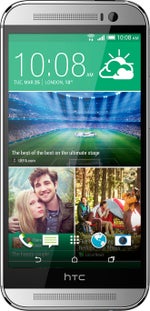
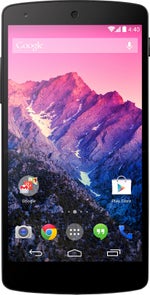


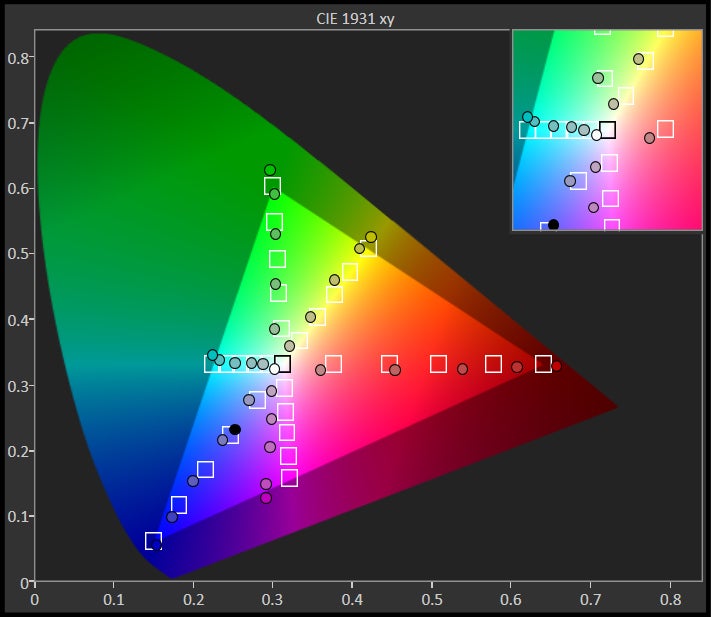







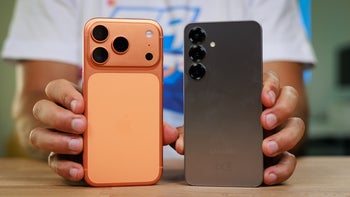
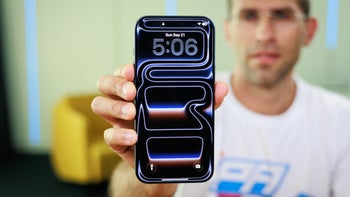
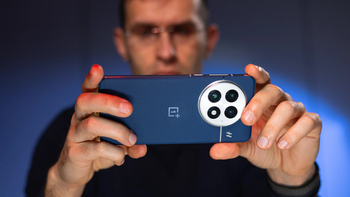
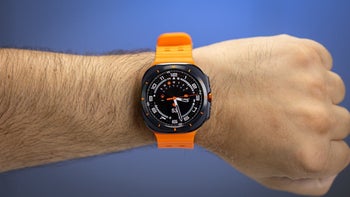
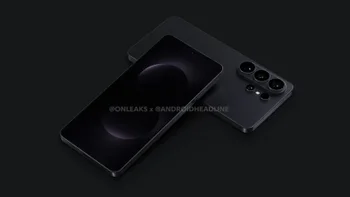

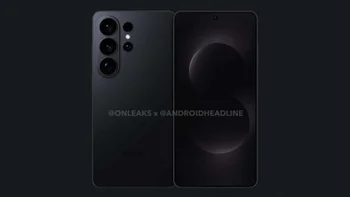

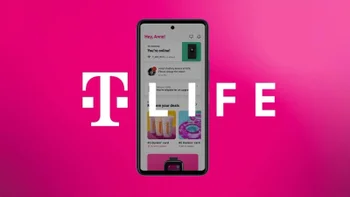


Things that are NOT allowed:
To help keep our community safe and free from spam, we apply temporary limits to newly created accounts: